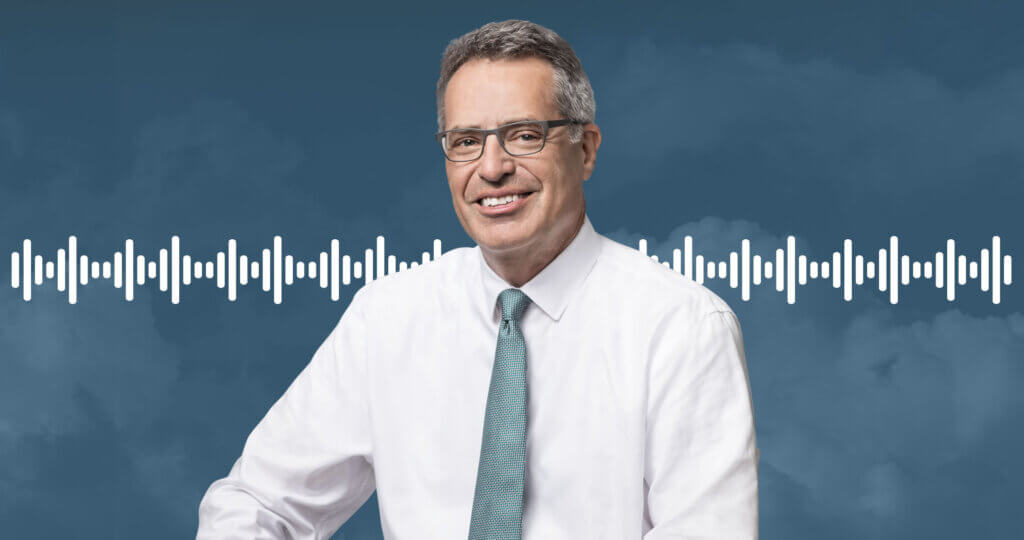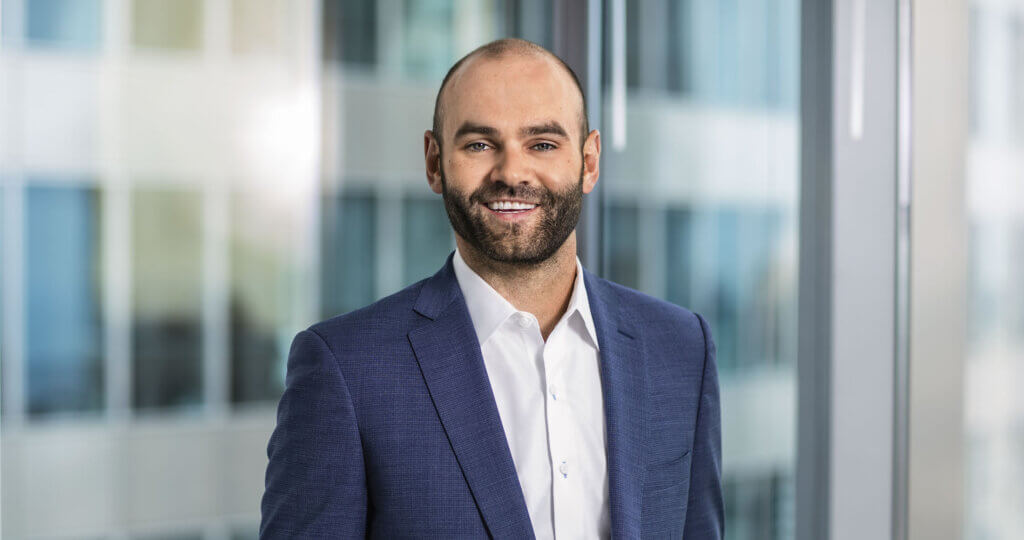What makes a decision great is not that it has a great outcome. A great decision is the result of a good process, and that process must include an attempt to accurately represent our own state of knowledge. That state of knowledge, in turn, is some variation of ‘I’m not sure.
-Annie Duke, Thinking in Bets
Toward the end of most close games, you get a glimpse of decision making under great uncertainty. A college basketball game is made up of about 140 possessions, but when the game comes down to the wire, most of the analysis is about the possessions in the last few seconds. In the second-round NCAA Tournament game last month between Tennessee and Loyola-Chicago, Tennessee, trailing 61-59, got the ball with 28 seconds left. The shot clock was off, so the announcers said that Tennessee would no doubt hold the ball to end the game on a last-second shot, hoping for overtime. But Tennessee, apparently aware that data supports taking the first available good shot, got a basket and foul to take the lead 62-61 with 21 seconds remaining. The announcers dutifully questioned the coach’s “risky decision to trust his defense.” The coach soon appeared vindicated when the best shot Loyola could get was an off-balance jumper that clanked off the front rim with five seconds remaining. But then the unlikely happened: the ball bounced straight up in the air and fell down through the hoop for the Loyola win. Did the Tennessee coach make the wrong decision? Even the Loyola player who took the last shot realized how lucky he’d been. He said he knew the shot was short, but “the basketball gods helped that one go in.” Thank you, Sister Jean!
At Oakmark, we are long-term investors. We attempt to identify growing businesses that are managed to benefit their shareholders. We will purchase stock in those businesses only when priced substantially below our estimate of intrinsic value. After purchase, we patiently wait for the gap between stock price and intrinsic value to close.
Professional poker player turned author Annie Duke writes about many similar situations in her book, Thinking in Bets. Throughout the book, Duke uses the probabilistic thinking she mastered to become a champion poker player and applies it to everyday decision making. Duke says, “When we think probabilistically, we are less likely to use adverse results alone as proof that we made a decision error, because we recognize the possibility that the decision might have been good but luck and/or incomplete information (and a sample size of one) intervened.” Just like it isn’t wrong to double 11 against a 6 in blackjack even if the dealer makes an unlikely draw to 21, an unlikely bounce in a basketball game doesn’t make it wrong to put the game in the hands of the defense.
Learning to say “I’m not sure” isn’t easy, but it is imperative for successful decision making, especially in investing. Duke says, “Embracing ‘I’m not sure’ is difficult. We are trained in school that saying ‘I don’t know’ is a bad thing.” This creates a tendency to overstate our confidence and speak with certainty. Instead of saying that doubling 11 against a 6 will win two-thirds of the time, we say it’s the “right” play, and then one-third of the time it appears to be the wrong advice. You see the same thing when sports commentators speak with certainty about who will win an upcoming game, when meteorologists say if it will rain tomorrow and, yes, when portfolio managers predict the direction of the stock market.
But there is a big difference between answering “What is 9 X 8?” with “I’m not sure,” compared to saying that, “I’m not sure if Citigroup stock will go up.” The first is a fact; any answer other than 72 is simply wrong. The statement about whether or not a stock will go up is a statement about probabilities given estimates of business value and similarities to stocks that have gone up in the past. It is ironic that investment professionals, who are part of an industry where the best practitioners are wrong about 40% of the time, are among the guiltiest of overstating confidence about their opinions.
Duke says that her colleagues have a unique way of dealing with each other when one of them overstates a level of conviction. “As is often the case with poker players, a conversation about a hypothetical turned into an opportunity to propose a wager…A lot of good can come from someone saying, ‘Wanna bet?’” In that respect, poker players are no different than the investment professionals at Oakmark.
Oakmark analysts are constantly making their best forecasts about an uncertain future. But they occasionally speak of those forecasts as if they are more certain than they actually are. When one of our analysts says that a company being researched is going to earn $5 per share next year, it is as likely as not that another analyst will respond with a comment like, “I’ll take the under on $4.50.” These bets are so common that the stakes don’t even need to be spelled out. All of our analysts know that if they lose a bet, they’ll be buying someone’s lunch the next day. The realization that anything they say could result in having to back up their statement with a wager promotes an environment of probabilistic thinking that leads to better decision making. It doesn’t take long for our new analysts to get comfortable with saying, “I’m not sure.”
Another way in which poker and investing are similar is exposure to a constant flow of new information that allows participants to refine their beliefs. The most successful practitioners quickly adapt to new information. In Texas Hold ‘Em, no starting hand is better than a pair of aces, but as more cards get dealt, even those aces may no longer produce a winning hand. As additional cards come out, seasoned players are constantly adjusting their win probabilities, where amateurs often stay attached to the strength of their starting hands. Duke writes, “There is no sin to finding out there is evidence that contradicts what we believe. The only sin is not using that evidence as objectively as possible to refine that belief going forward.” She also cites studies that suggest one’s ability to adjust to new information doesn’t correlate with intelligence. Instead “It turns out the better you are with numbers, the better you are at spinning those numbers to conform to and support your beliefs.”
That’s a problem for investors who tend to be above average with numerical skills. It is so easy to tell yourself that an earnings shortfall is just temporary or that a competitor’s strong new product launch will fade. And the smarter you are, the more convincing your story is. Anchoring to one’s original thesis is a common bias for everyone and a very costly one for investors. This is something that our process at Oakmark focuses on. We know we have an anchoring bias, so we create hurdles that make it harder for analysts to maintain their original beliefs in the face of news that is contradictory. It doesn’t eliminate the bias, but it diminishes the negative consequences.
Duke says that “Truthseeking, the desire to know the truth regardless of whether the truth aligns with the beliefs we currently hold, is not naturally supported by the way we process information…Instead of altering our beliefs to fit new information, we do the opposite, altering our interpretation of that information to fit our beliefs.” That comment, which she learned through poker, could just as easily be applied to many situations, including investing. While it is usually considered an asset to stick to one’s beliefs, it becomes a liability when new information suggests those initial beliefs were wrong.
At Oakmark, we are far from perfect at processing information and thinking probabilistically. However, we are aware of our tendencies to crave certainty or ignore information that we disagree with. So we make it a goal of our corporate culture and our investment process to reduce those biases in our decision making. Success at investing draws on many disciplines—it is fun to realize that we have as much to learn from a great poker player as we do from a great investor!
The securities mentioned above comprise the following percentages of the Oakmark Fund’s total net assets as of 03/31/18: Citigroup, Inc. 3.2%.
The securities mentioned above comprise the following percentages of the Oakmark Select Fund’s total net assets as 03/31/18: Citigroup, Inc. 5.6%.
Portfolio holdings are subject to change without notice and are not intended as recommendations of individual stocks.
Access the full list of holdings for the Oakmark Fund as of the most recent quarter-end.
Access the full list of holdings for the Oakmark Select Fund as of the most recent quarter-end.
Duke, A. (2018). Thinking in Bets: Making Smarter Decisions When You Don’t Have All the Facts.
The Oakmark Fund’s portfolio tends to be invested in a relatively small number of stocks. As a result, the appreciation or depreciation of any one security held by the Fund will have a greater impact on the Fund’s net asset value than it would if the Fund invested in a larger number of securities. Although that strategy has the potential to generate attractive returns over time, it also increases the Fund’s volatility.
Oakmark Select Fund: The stocks of medium-sized companies tend to be more volatile than those of large companies and have underperformed the stocks of small and large companies during some periods.
Because the Oakmark Select Fund is non-diversified, the performance of each holding will have a greater impact on the Fund’s total return, and may make the Fund’s returns more volatile than a more diversified fund.
The discussion of the Funds’ investments and investment strategy (including current investment themes, the portfolio managers’ research and investment process, and portfolio characteristics) represents the Funds’ investments and the views of the portfolio managers and Harris Associates L.P., the Funds’ investment adviser, at the time of this letter, and are subject to change without notice.
All information provided is as of 03/31/2018 unless otherwise specified





